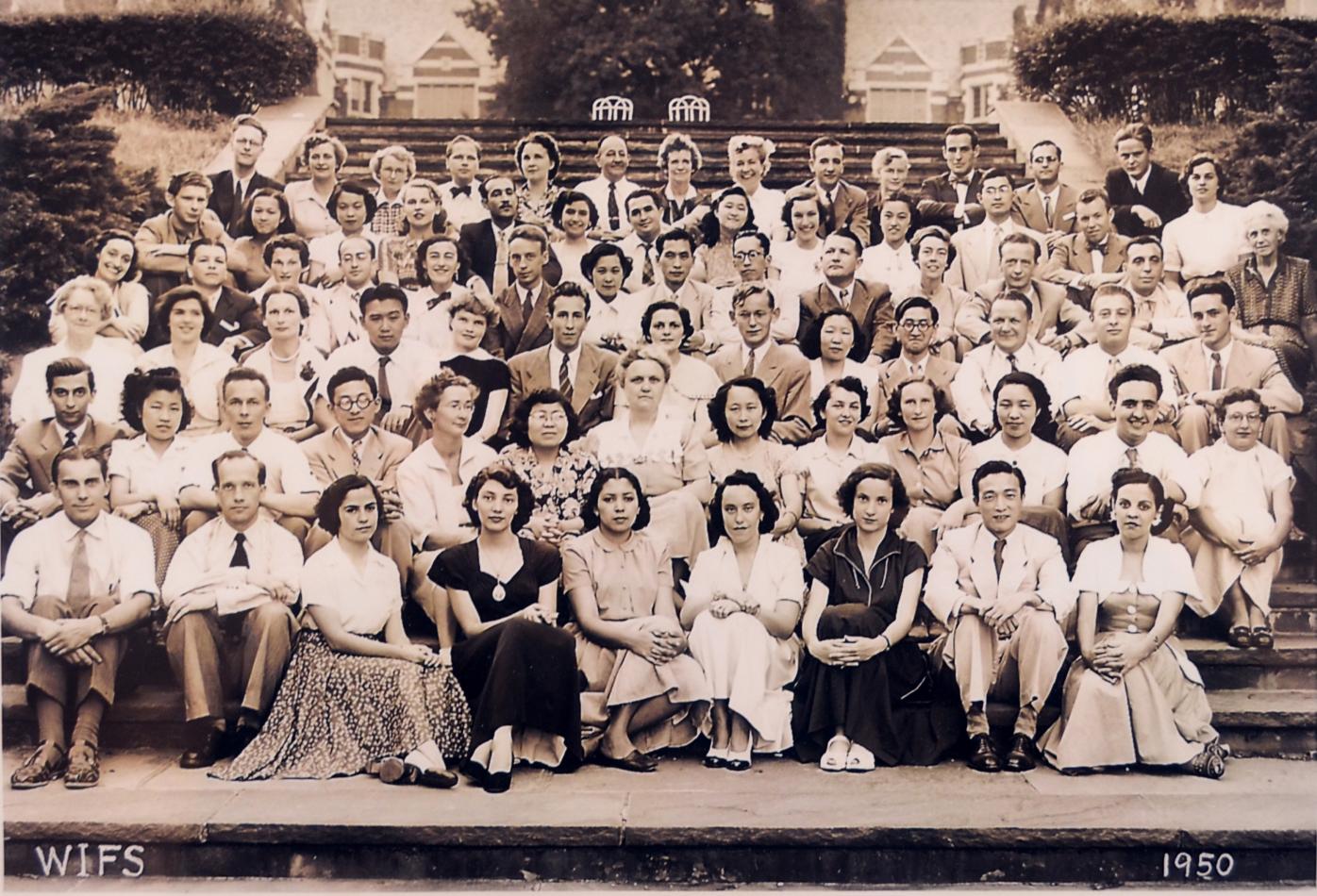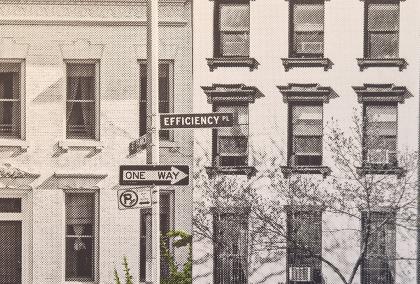

Learn about the Fulbright Program in Finland from the many voices of alumni, grantees, friends and leaders. Most of these Finnish Broadcasting Company's radio interviews were conducted in Finnish in 2017. (Yle Radio 1, September 25, 2017)
Finland’s Special Place in the Fulbright Program Story
Finland was one of the first nations to be offered the opportunity to join the Fulbright Program in 1947. At that time, however, Finland was re-establishing relations with the Soviet Union after the war. During the early days of the Cold War, an extensive agreement on educational cooperation with the United States might have been perceived as a threat at the other end of the political spectrum.
The ASLA Program (Amerikan Suomen Lainan Apurahat, Finnish for "Grants from the American Loan to Finland") was created to pioneer Finnish-American academic exchanges. The Program was funded by a loan that Finland had received from the United States after World War I.
Finland went on to become the only country to meet its loan repayments regularly throughout the depression and the subsequent war. This won Finland enormous goodwill, as it became known as "the country that pays its debts", a nation that fulfills its responsibilities.
In recognition of this, the U.S. Congress decided to reinvest the loan repayments in academic exchanges, creating opportunities for Finnish citizens to study, train, and conduct research in the United States. The law on redirecting loan payments into educational exchanges was passed by the Congress in 1949. This law created the ASLA Program.
- Paying Debts: David Hinshaw's Role in the Birth of the ASLA-Fulbright Program (Ilkka Mäkinen, Fulbright Finland News, March, 2002)
- U.S. Senate Committee on Foreign Relations, July 19, 1949. Committee discusses Senate Resolution 3, providing for the use of the Finnish debt for educational exchange. Senators present: Connally (chair), George, Green, McMahon, Fulbright, Vanderberg, Wiley, Smith and Lodge.
Finland sent out the first ASLA grantees in 1950. Finnish students and scholars gained access to educational resources not available in Finland at the time. The new program contributed to the rebuilding of Finland after the war.

- Read about Peitsa’s ASLA experience in 1950-51 in the Fulbright Finland News Magazine. (In Finnish)
- Read ASLA-Fulbright alumna and pianist Meri Louhos' memoirs of her Fulbright term in the U.S. in 1960 on the YLE website. (In Finnish)
- Listen to a podcast episode Väiski ja Billy, Väinö Linna matkalla halki Amerikan 1963. Finnish author Väinö Linna was an ASLA Leader grantee in 1963. (In Finnish)
Joining the Worldwide Fulbright Program
In 1952, Finland entered into an executive agreement to conduct academic exchanges within the Fulbright Program administered by a binational commission in Helsinki.
Finland welcomed the first American Fulbright grantees in 1953. In its early stages, the Fulbright Agreement applied exclusively to American grantees in Finland. Scholarships for Finnish citizens in the United States continued to be funded by the ASLA Program.
- What is the global Fulbright Program? Read a brief description from the SAGE Encyclopedia of Higher Education.
ASLA-Fulbright Program Opens the Door for International Influences
As a result of legislative measures in the U.S., the ASLA Program and the Fulbright Program consolidated under a common name, the ASLA-Fulbright Program. The Program opened the door for international influences in Finnish higher education and society as a whole.
The Finland-America Educational Trust Fund was established in 1976 as part of the Bicentennial celebration of the United States. Finland repaid all of the remaining World War I debt with interest in advance, The U.S. Government then placed the full amount in a binational trust fund in Finland to help finance the exchange program in perpetuity. Finnish President Urho Kekkonen and U.S. President Gerald Ford Founded the Trust Fund in connection with the CSCE Conference in Helsinki. At the same time, the original cultural exchange agreement from 1952 was broadened to include contributions from the Finnish government to the Fulbright Program. This arrangement created a new financial base for the ASLA-Fulbright Program.
True to the original idea of the Fulbright Program, this funding arrangement is unrivaled within the worldwide network of academic exchanges. It was also held in high regard by Senator Fulbright, a great friend of Finland and "the courageous Finns," as he put it. During his first visit to Finland, he thanked the nation for giving the Program great prestige.
- Finnish Honorary Doctorates
- Two Finnish universities have awarded Senator J. William Fulbright with an Honorary Doctorate. The first Honorary Doctorate was awarded by the University of Helsinki on May 28, 1976. 16 years later, on April 9, 1992, he was conferred with the Degree of Honorary Doctorate of Philosophy from the University of Tampere.
- The Fulbright Paradox (Foreign Affairs, July/August 2021)
The Platform for Broad Finland-U.S. Collaboration
In 2002, the Finland-U.S. Educational Exchange Commission FUSEEC (at the time also unofficially known as the Fulbright Center), started to systematically develop strategic partnerships with Finnish higher education institutions, research agencies, and private foundations. This was a major strategic decision and development, and it was aimed at securing a broad cooperation and funding base in support of Finnish-U.S. exchanges for decades to come. This meant significant developments in the organization overall, eventually leading into a point where the change of its legal status to a Foundation was necessary to enable the growth of Finnish-American academic and cultural exchanges into the future.
The Deed of the new Fulbright Finland Foundation was signed in May, 2016. This major milestone enabled the changing of the legal status of the Finland-U.S. Educational Exchange Commission (FUSEEC) from a commission to a foundation. The Fulbright Finland Foundation (Fulbright Suomi -säätiö sr.) was officially registered as a not-for-profit foundation in Finland on October 3, 2016.
The Fulbright Finland Foundation has become the primary interface for the Finnish and U.S. governments’ bilateral work in education, science, and culture, and it serves as the platform for a wide range of transatlantic collaborations and dialogues between scientists, educators, research institutions, NGOs, and companies. Private foundations also have a critical role in the exchanges as they financially underwrite awards through long-term partnerships with the Foundation to help develop and sustain Finnish-U.S. collaborations in all fields and on all levels.
In 2024, the Fulbright Finland Foundation celebrated its 75th Anniversary.


